Producers
-
Description:
Thank you to importer Louis/Dressner for this profile of Santuvario:
(Click here for more on Santuvario on the LDM website)
Boca is one of Italy's smallest viticultural regions, with just 30 hectares planted and only 15 of those eligible for the DOC. Though densely planted with over 1000 hectares as recently as the 1930's, it was down to only 10 by the early 1990's. In an all too familiar tale, factory jobs led many farmers to progressively abandon their land (sadly, those same jobs are also long gone). Today, in large part due to the wines and promotion of Boca by Swiss visionary Christoph Künzli, the area has seen an uptick of new talent.
Ivano Barbaglia is certainly one of those up-and-comers. For most of his career, Ivano was a musical instrument repairman. While he enjoyed the work, a stroke in 2011 left him with limited mobility in his right hand. Forced to take a new direction, he started the Santuvario project with a tiny plot of family land. Together with his wife Paola, they started with two hectares of Nebbiolo, Croatina, Vespolina, Uva Rara and Erbaluce, as well as 50 ares (a half hectare) planted in 2013 and 2014.
In 2019, they were able to acquire an additional vineyard of very old Croatina and an additional hill of vines for new plantations. When everything comes into production, this will have doubled the size of the land to four hectares.
The name Santuvario comes from the gorgeous convent that his family's old vines overlook. In fact, the "Santuvario Rosso" label is actually taken from this arial picture of the convent when it was surrounded in vines:
Image: Region:
Region: -
Description:
We met Roger Saumaize and his wife, Christine Michelin, for the first time in February 2018. The wines are spectacular - the word crystalline comes to mind when I think about that tasting. They have ten hectares of vines, mostly in the Vergisson area of Pouilly-Fuissé. (Pouilly-Fuissé can come from four different villages: Solutré-Pouilly, Fuissé, Vergisson and Chaintré.)
It’s a very small operation; Roger and Christine work with a team of four people. Roger repeated several times that his “first goal is the optimum expression of terroir,” and tasting is believing. We tasted through fifteen wines and each was very expressive and distinct. They make ten Pouilly-Fuissé, two Saint-Véran, one Viré-Clessé, and two Mâcon wines.
Saumaize-Michelin has followed organic farming for twenty years and they have been practicing biodynamic farming since 2005, which is quite unique in the region, where herbicide use is common. Their vines average 50 years-old and the philosophy of the farming is to, in Roger's words, "capture the energy of the place". All of the grapes are hand-harvested and depending on the vintage and parcel, may be picked in several passes. The 'work' in the cellar is very straight forward; there is a gentle and slow pressing in two pneumatic presses. After the juice has settled for a day, it’s moved right into barrel for fermentation and aging. Wines are aged on the lees with occasional stirring for twelve months.
The single-vineyard Pouilly-Fuissé wines are gorgeous expressions of their distinct terroir and four of Saumaize's ten Pouilly-Fuissé are now classified as 1er Cru: Vers Cras, les Crays, Clos sur la Roche, and Maréchaudes. 2020 is the first vintage using the new 1er Cru appellation. —Michele Peters, French Portfolio Manager
Image: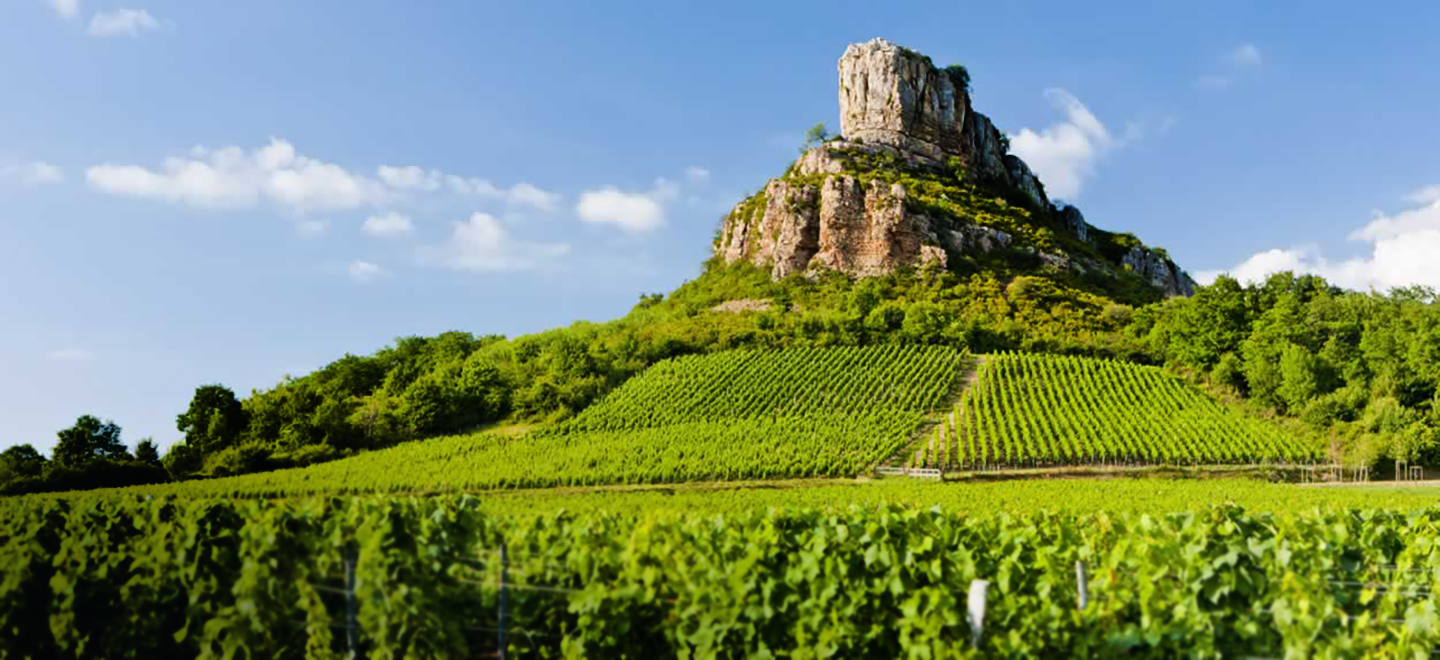 Region:
Region: -
Description:
Schiavenza is located in Serralunga d'Alba in the heart of Piedmont's Langhe district, celebrated for its great Barolo vineyards. The estate was founded in 1956 by the brothers Vittorio and Ugo Alessandria; the estate and surrounding area were formerly part of the Opera Pia Barolo (a castle that is kind of like the Hospices du Beaune: part educational institution and part hospital) whose vineyards were traditionally worked by sharecroppers. The local dialect for sharecropping is schiavenza. Today, the estate is run by the second-generation Alessandria sisters, Enrica and Maura, and their husbands Luciano Pira and Walter Anselma. Their holdings include 8.95 hectares in Serralunga with a small 0.5ha plot in Monforte d’Alba, and include the heralded crus Prapò, Cerretta, and Broglio. For the last 19 years, they have also run Trattoria Schiavenza, right in the middle of the village of Serralunga. It is perennially recognized in Slow Food's Osterie d'Italia guide for its excellent traditional fare, which draws in both local winemakers and tourists.
In the vineyard, they do not use pesticides or herbicides. Cover crops such as clover and mustard greens are planted to achieve balance and limit yields naturally. Harvest is manual and is conducted according to the phases of the moon. In the cellar, they use only naturally occurring yeasts, and ferment the wines in cement cisterns, with 20-25 days of maceration. In terms of aging, the wines see extended time in the traditional large 3000-3600L Slavonian oak casks called botti. Tasting the three crus side by side, one realizes what Schiavenza is all about. All three crus are on the east side of the Serralunga ridge, so exposures are all same, to the southeast. Yields are more or less the same. Cellar treatment (fermentation, length of maceration, vessel, and length of aging) is all the same. The differences one feels have only to do with the variations in cru and vintage.
Over the last few vintages, Schiavenza has made some subtle but effective changes in the cellar. There is a gentler approach to extraction and when the press wine is used, it comes from their new, delicate hydraulic vertical basket press. The length of aging in botte for the Barolos has also been reduced, coming down to around 30 months wheareas it had previously been 36+ months. Getting the wines into bottle earlier has helped preserve the fruit for the long haul.
For more information, please consult this excellent blog post.
Image: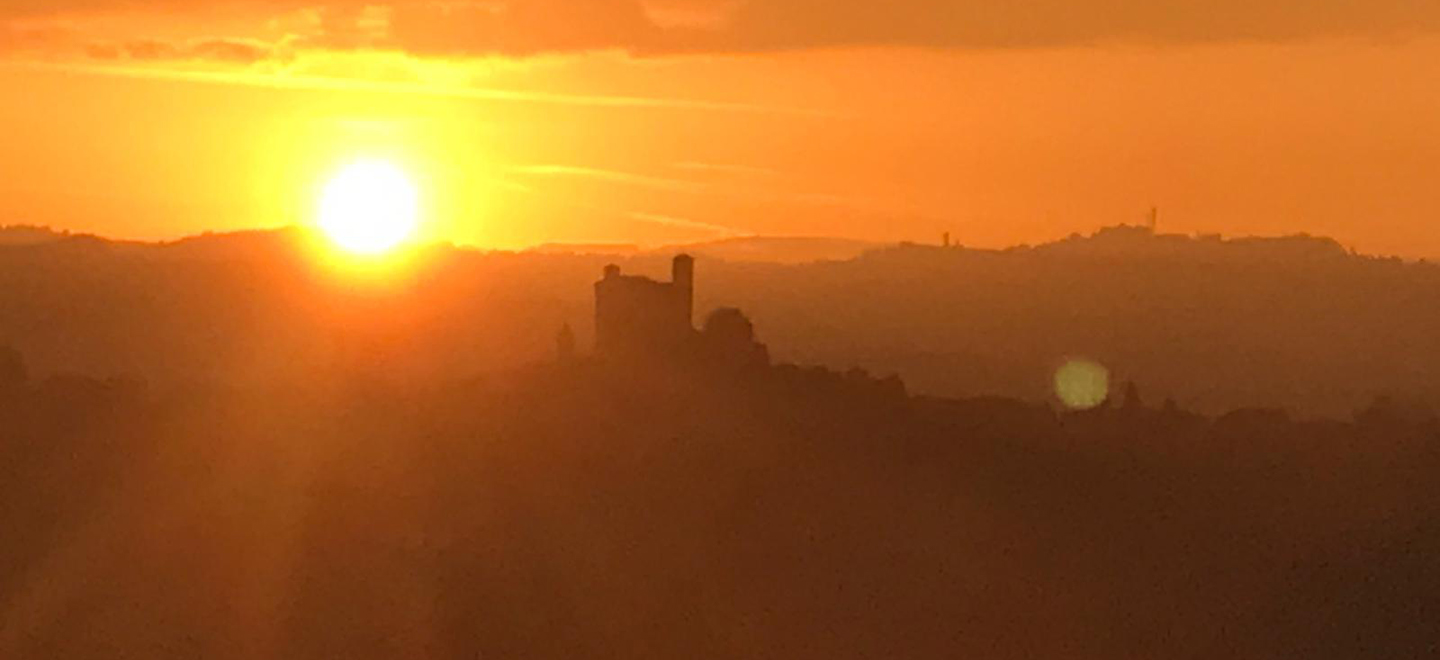 Region:
Region: -
Description:
Founded in 2006, Sedella is owned and run by Lauren Rosillo, an innovative, young Spanish winemaker who worked on projects in Rioja, Rueda and La Mancha before falling in love with the Axarquia region in Malaga. There he found a 2.5-hectare vineyard located in Sedella a quaint town of 400 people, with slate-strewn soil that he could not allow to pass him by. Located at Appellation d’Origine Sierras de Malaga, its high elevation (2461 feet), ancient field blended Romé, Jaén and Garnacha vines (100+ years old) and proximity to the Mediterranean Sea all enhance the personality of Lauren’s wines.
Many of Lauren’s innovations as a winemaker are in fact agricultural innovations. He uses Roman plows and horses rather than tractors to avoid compressing the soil. At its steepest, the slopes are at a 45% grade, but Lauren maneuvers the horses adeptly on the hillsides. The vineyards are organically farmed and certified. Production here is tiny – about 400 cases total.
Image: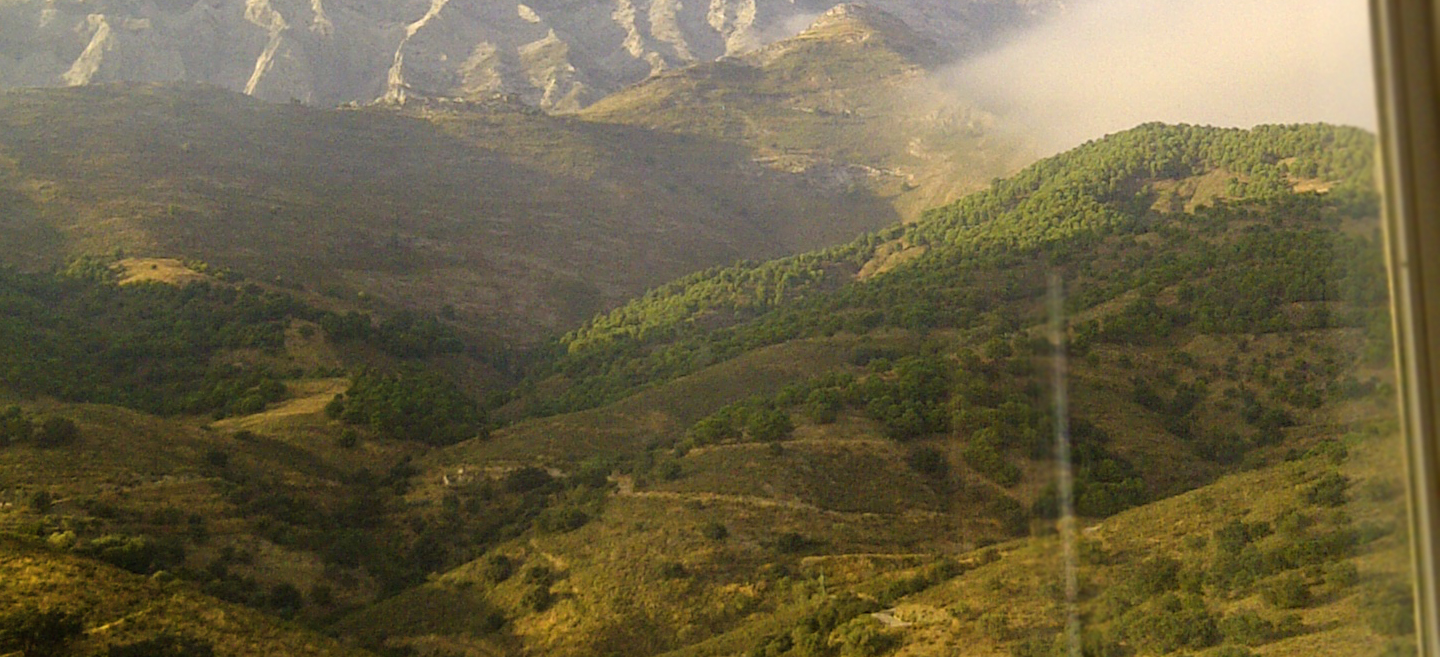 Region:
Region: -
Description:
Their history started in the year of 1896 when the firm Senior & Co, founded by Haim Mendes Chumaceiro ( also known as Shon Inchi) and his business partner Edgar Senior, operated a drugstore on Curaçao called ‘Botika Excelsior’. The walls of that botika witnessed the beginning of it all when Chumaceiro started producing an “aperitif” or “digestive”, using the recipe of his family and naming it Senior’s Curaçao Tonic. They quickly changed the name to Senior’s Curaçao Liqueur.By the year 1900, After the passing of Chumaceiro, his widow continued his legacy at her home but in modest quantities. It was not until 1945 that the company started getting its shape. The present firm of Senior & Co. was incorporated, and the descendants of the Senior and Chumaceiro families, plus several of the larger business enterprises on the island held its shares. At the same time, the new company purchased the recipe from the widow Chumaceiro.
So, what’s the difference between Curaçao Liqueur and Triple Sec? Or is it all just Orange Liqueur? Basically, we are talking about Orange Liqueur as a group name. These are liqueurs, where citrus orange peels are used as a base ingredient in the distillation process. Between the different brands, there are differences in types of oranges used, the combination of different oranges, what kind of alcohol is used, and of course all the other ingredients (sugar, herbs, spices etc.). All these factors play a role that ultimately comprise a recipe for an orange liqueur.
In 1896, Senior & Co. started producing Curaçao Liqueur with the Laraha orange peel.
Shortly after the conquest of the island in 1499, the Spaniards planned for the agricultural development of Curaçao. One of the plants they carried with care on their long sea voyages from Spain was the so-called “Valencia” orange. Historical records show that someone named Pérez Maestre brought the first seeds from Hispaniola in 1527. When the Dutch arrived, they found small groves in some areas of the island. The sizzling sun and arid climate, however, were too much for the colorful sweet oranges, and this once juicy fruit then turned into a kind of bitter, almost inedible product.
The project was forgotten and the “misfits” of the once proud Valencia oranges grew wild and abandoned. Not even our infamous goats would touch them. But this was a blessing in disguise because decades later (the exact date is lost in history), planters discovered that the peels of this unique Laraha orange, thoroughly dried by the sun, contained etheric oils with an extraordinary pleasing fragrance. In order to not let the crop go to waste they started developing their own recipe to share with friends and family. The unique Laraha orange had found a new purpose.
Distilling their world-famous liqueur is a craft that they have mastered in every step of the way.
Located in the Eastern part of Curaçao. each Laraha tree on the plantation produces between 150 to 200 fruits, which result in 25 to 35 kilograms (55 to 77 pounds) of dried peels. The trees are harvested twice a year. The Laraha trees are 3 meters (9 feet) talll and taking one fruit requires a special technique.
When the Laraha orange is green, right before ripening, our farmers take a tall ladder to take the fruit from the trees. Each Laraha orange is pulled with a piece of the sprig of the tree. This is because pulling only the fruit would cause the knot to dry up and make it impossible to yield more fruit.
They hand-cut the peel of each Laraha orange into 4 sections, which are roughly triangular. The rest of the fruit itself is used as food for the Kabritunan (goats).
After cutting the fruit, the Laraha peels are then dried in sunlight for 5 days. This is done on a large concrete floor. Under no circumstance can the peels become wet, so great care must be taken to cover the peels at night or if it’s raining.
The distillation & bottling process is completely done by hand and takes about 17 days. The peels are put in a gunny bag, spices are added and then hung in a heated copper still with 250 liters (66 gallons) of 96% pure and Kosher alcohol (derived from sugar cane) for 3 days at 150 degrees Celsius (302 Fahrenheit).
After 1-day cooling, the gunny bags are removed from the kettle, water is added, and distillation takes place for another 3 days at a constant temperature of 250 degrees Celsius (482 Fahrenheit).
With 1 distillation, 208 liters (55 gallons) of distillate are produced. Then, we add 400 kg (828 pounds) of sugar and more water. The product is then filtered for 3 days to produce the clear Curaçao liqueur. To create their colored liqueurs, they add certified coloring.
When speaking of an official Curaçao Liqueur, the liqueur has to be made with the dried peels of the unique Laraha orange. To this day, Senior & Co. is the only brand in the world that uses the dried peels of the unique Laraha orange to produce a Curaçao Liqueur.
For a Curaçao Liqueur to be named “Curaçao” it does not have to be distilled on our island, unlike other drinks such as Champagne or Tequila, but we are proud of our island and proud to be the only Curaçao of Curaçao.
Image: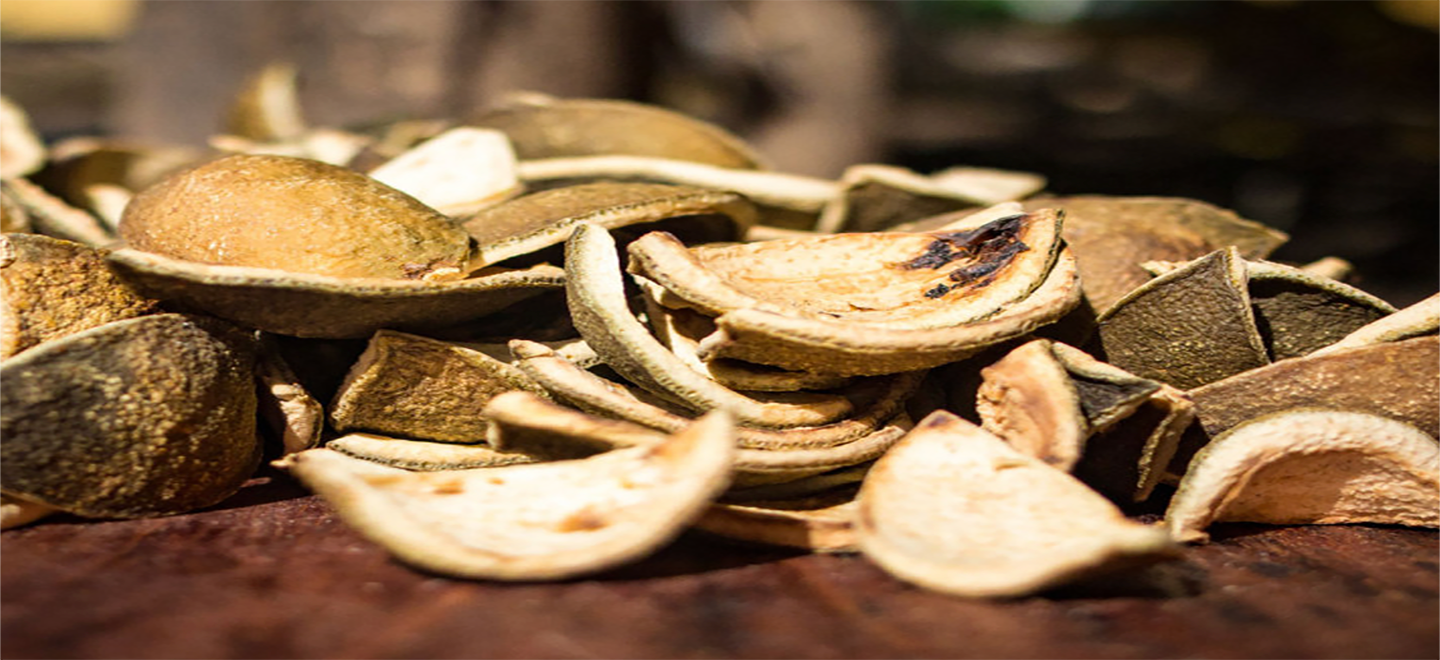 Region:
Region: -
Description:
When husband-and-wife team Fiona and David Boyd-Armstrong founded Shortcross in 2012, they started with a mission to redefine what an Irish gin could be, becoming the first gin to be distilled in Northern Ireland.
The gin is distilled in their local village of Crossgar (in Gaelic, Crossgar means ‘the Short Cross’) at the Rademon Estate Distillery which is nestled within the heart of the historic 500-acre estate in County Down. The estate is dense and lush and includes a playground of botanicals providing the Boyd-Armstrongs with wild clover, elderflowers, elderberries, and apples which they forage themselves.
The original still is a 450L copper pot still with two seven plate enrichment columns. The enrichment columns are key to the unique flavors and aromas in Shortcross Gin. It allows the vapour flow to encounter the liquid, helping to separate and pronounce the desired botanicals. In early 2018, to help increase their whiskey production, they installed a new 1,071L copper pot still.
Of course, whiskey is also very important to Shortcross. Their Irish Poitin is created from a unique mash bill using 100% Irish cereals. Shortcross Rye and Malt Irish Whiskey is produced with a mash bill of 100% Irish malted rye and malted barley. Additionally, Shortcross Irish Whiskey Bonding Co. Grafter (Non-Peated) and Shortcross Irish Whiskey Bonding Co. Chancer (Peated) are two of their fine blended Irish Whiskies.
Image: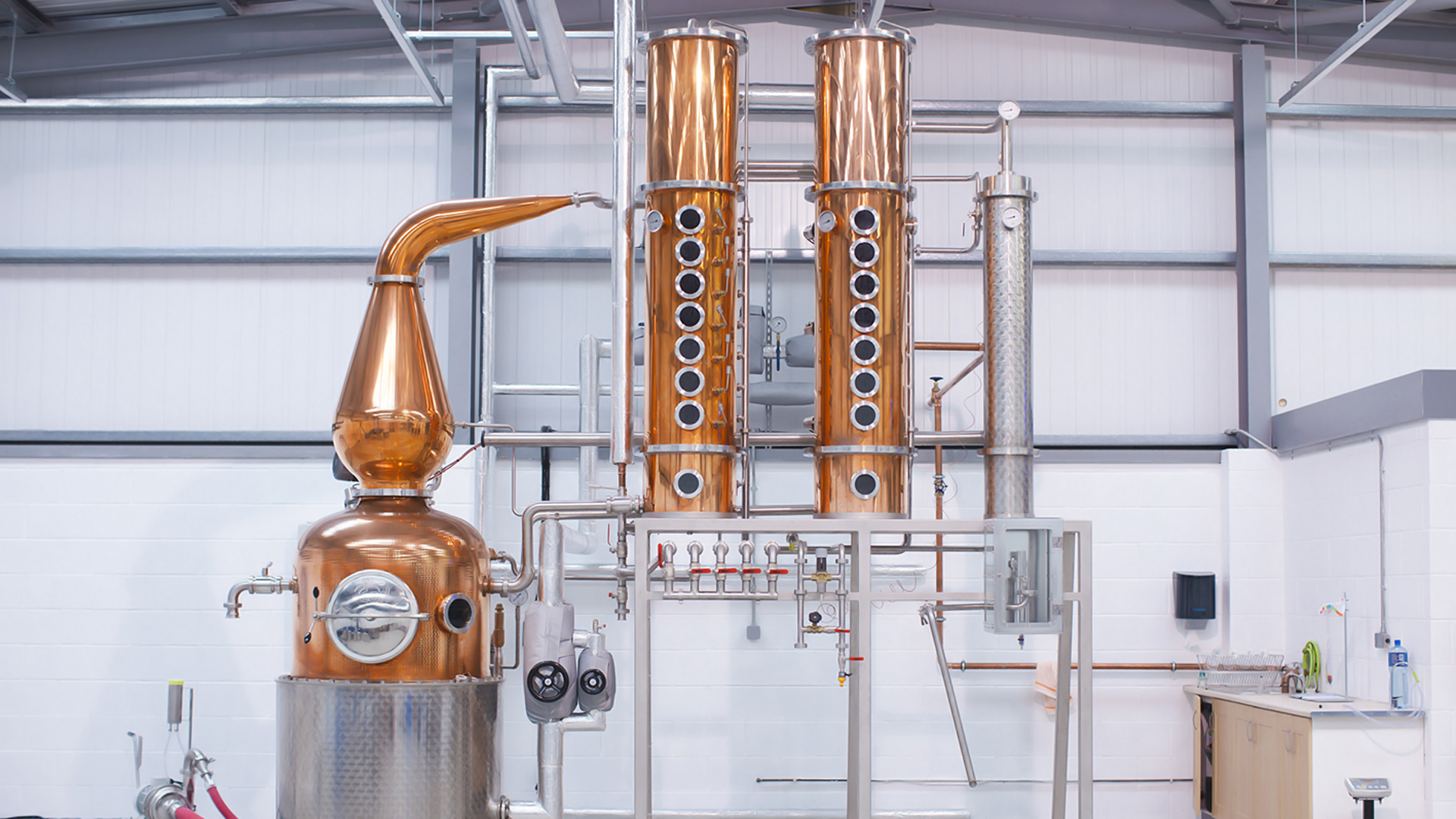 Region:
Region: -
Description:
High up in the foothills of the Sierra de Toloño, in Rioja Alavesa, Sandra Bravo works in some of the oldest, and highest altitude vineyards in Rioja, growing Garnacha, Tempranillo, Viura and some Graciano. In her small winery in Villabuena de Álava, where she works with steel, anforas, and old wood, this young winemaker translates the mountainous landscape into pure and expressive wines. She harvests multiple varieties from micro-terroirs over many small plots that together form a fresh, beautiful image of the area. In her own words: “I was studying Engineering and Enology in Rioja and then I was working in wineries of Bordeaux, Tuscany, New Zealand and California. When I came back to Spain, I spent 7 years in Priorat. All that experience gave me an open point of view to make different wines here in Rioja (where I come from). I have to say Priorat really influenced me to make artisanal wines, and to understand that the most important is the vineyard, the vineyard with soul.
When I came back to Rioja in 2012, I decided to make wines respecting what the vineyard give and always looking for freshness. I was in love with this area in Rioja Alavesa, calcareous soil, small plots, Mediterranean herbs and always North wind with high altitude (right in the mountain that gives my name’s project: Sierra de Toloño)... it was perfect! Because all of this my wines are really mineral.
The wines are fresh and not too oaky, I try to do minimal intervention in the cellar, then I can keep wines alive in bottle. In Rivas de Tereso (650m altitude) I have the vineyards of Sierra de Toloño (Red and White) and two more serious wines made with Tempranillo and Garnacha.
BOWLER E-Zine Issue 2 | Q1 2021: Regenerative Farming: Scratching at the Surface
Image: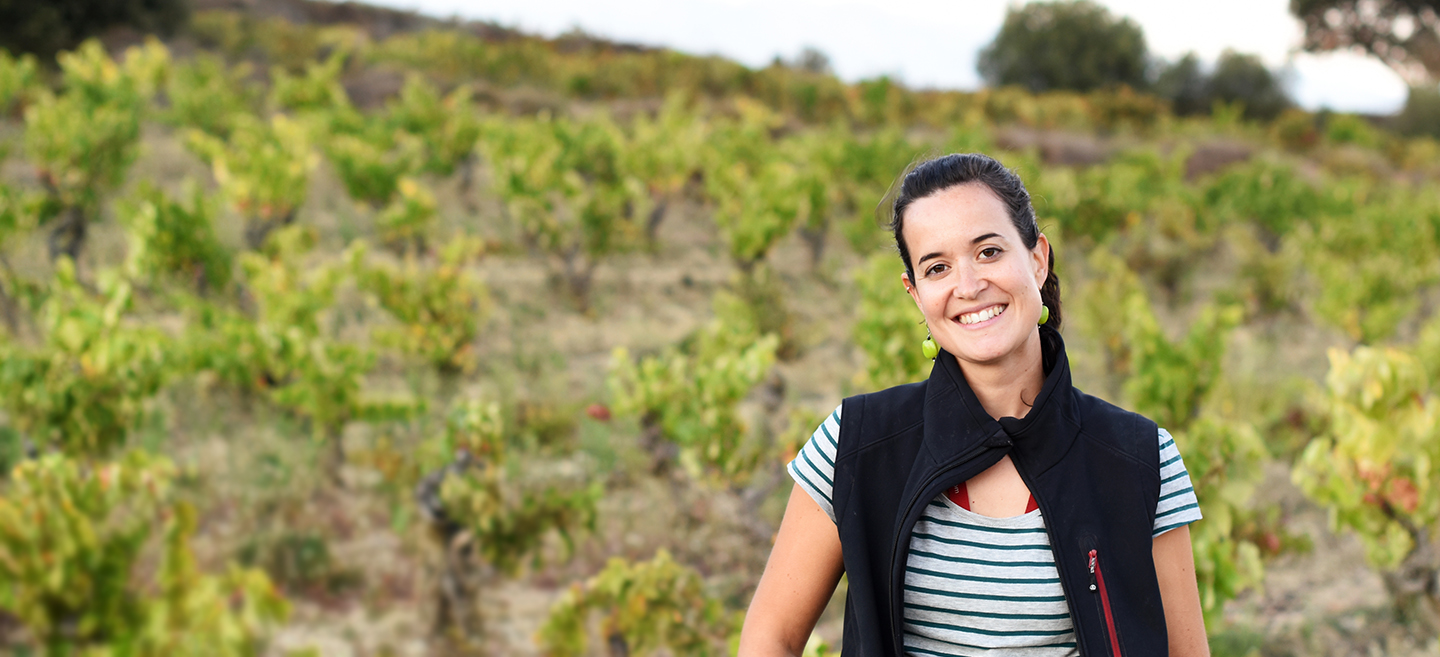 Region:
Region: -
Description:
Silver Springs Sweet Rye hails from Kentucky and Tennessee.
History:
Silver Springs Rye Whiskey was produced in Chattanooga by one of the post-Civil War distilleries. Production ran from about 1906 until 1919. Keeper Quest is excited to bring it back!
Silver Springs Sweet Rye Whiskey has corn in the mash bill for added sweetness. Silver Springs was distilled in Kentucky. The rye is housed in charred #3 oak barrels for a minimum of four years. It is finished and bottled in Chattanooga, Tennessee.
This Cask strength Rye’s mash bill is 65% Rye 15% Corn and 20% Malted Barley coming to you at 113pf.Tasting Notes:
The nose is molasses, burnt sugar, and toffee. The palette is caramel, nougat and hot cinnamon candy.
The finish is spicy rye with a long dry finish.Image: Region:
Region: -
Description:
Skull Wine Company is a collaboration between longtime friends Patrick Cappiello and Pax Mahle.
The philosophy at Skull Wines is to make hand-crafted wines in the spirit of old California - working with family owned, organically farmed vineyards and simple winemaking. Spontaneous fermentations take place with whole cluster grapes in stainless steel and concrete, and aging takes place in neutral oak barrels. The goal is to make moderate alcohol, higher acid, fresh wines, naturally.
Image: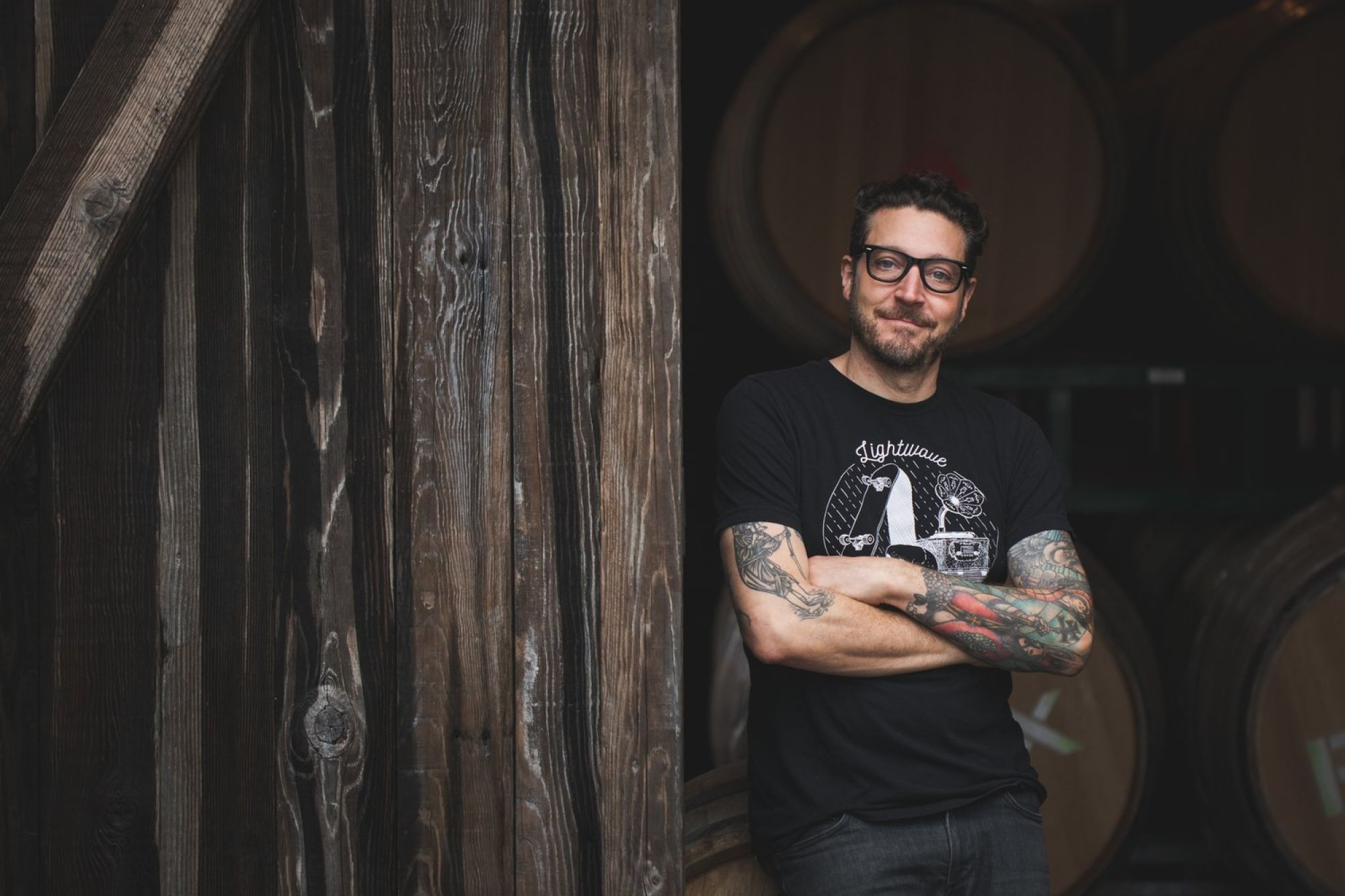 Region:
Region: -
Description:
Since 1973, Sky Vineyards has been producing some of the most unique mountain Zinfandels and Syrahs to be found anywhere. Owner Lore Olds got his start in wine in 1971 working for such producers as Beaulieu and Mayacamas Vineyards before purchasing his own patch of land on top of Mount Veeder. Planted in red volcanic soil at 2100 feet, Sky is the highest vineyard on the mountain and produces wines of unmistakable character.
Originally planted with 14 acres of Zinfandel, Lore has since added a small amount of Syrah. The vineyards are dry farmed and naturally tended using organic fertilizers, cover crops, birds, and beneficial insects. The winery itself runs on a single solar panel powering a single light bulb. In the cellar things are just as stripped down; grapes are pressed with an old wooden basket press, punched down by hand, aged in old French oak, and bottled by hand. Even the label is designed by Lore Olds with a new one for each wine and vintage.
Now approaching Sky’s thirtieth year, there is no danger of Lore changing his tune. He still makes incredible wines that reflect the vintage and terroir and are capable of aging for a decade or more. These wines simply could not have come from anywhere else and there’s no point in comparing them to any others; they can only be described as Sky.
Image: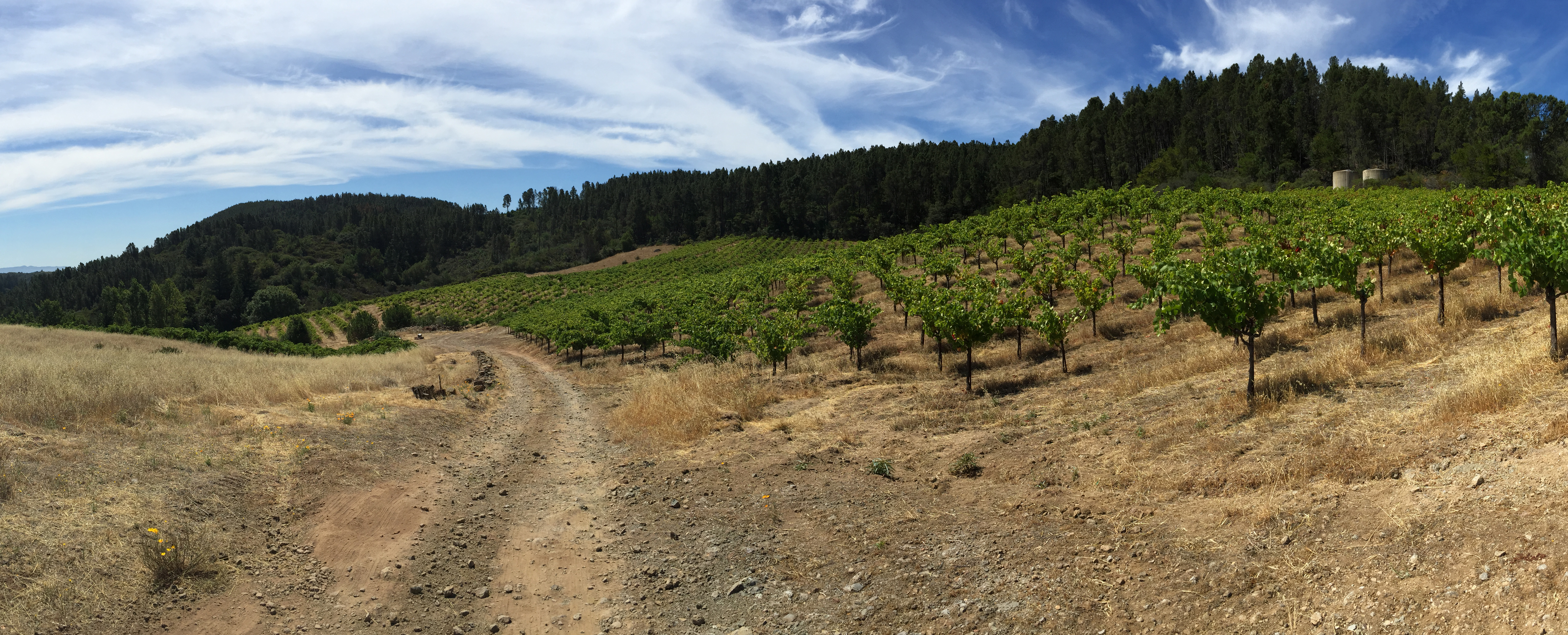 Region:
Region: